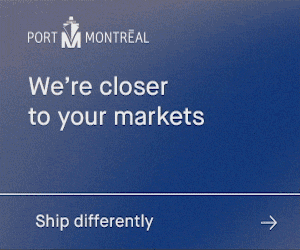
The British multinational investment bank and financial services holding company HSBC and a provider of agricultural science and technology Syngenta have successfully completed the transaction of an innovative letter of credit, using TradeLens’ digital bill of lading, which is underpinned by blockchain technology.
The fully digital end-to-end letter of credit transaction helped expedite trade documents from South Korea to Bangladesh, while agrichemical product was shipped between the two countries, using an entirely paperless process.
This digital paperless transaction, driven by TradeLens that was launched by International Business Machines (IBM) and Maersk, constitutes an important step in modernising trade finance and supply chain efficiency across the global trade ecosystem, according to a TradeLens statement.
During the shipment, all associated digitised documentation was shared among the parties via the TradeLens platform, including the letter of credit issuing bank, the electronic bill of lading directly from the logistics firm Sealand – A Maersk Company, the commercial invoice, packing list, certificate of origin and certificate of analysis, as well as the bank collection documents.
As a result of the shipment, Syngenta estimated savings of 10 days in document processing lead time. The company improved its “speed to customer”, avoiding extra costs due to delayed paperwork, such as potential destination detention and demurrage costs.
“The need to eliminate the physical hand-off of documentation has accelerated during the pandemic,” stated Michael White, CEO and head of TradeLens, who went to add that the TradeLens eBill for trade finance is the next step to make trade easier, providing paperless trade tools for clients who can realise immediate cost savings.
Today, only 0.1% of original bills of lading are digitised, according to TradeLens.
The electronic bill of lading technology developed by the blockchain-driven initiative of Maersk and IBM provides a solution available to all shippers, regardless of size or use case and digitises the trade finance process, from the issuance of the bill of lading directly from the ocean carriers’ systems, through the banking transactions, to the final surrender.
“Removing paper from the process should not only increase the efficiency and velocity of trade, but also enhance the appeal of the letter of credit as a trade finance solution by minimising documentary complexity,” commented Sanjay Tandon, HSBC’s regional head of product management, global trade and receivables finance for Asia Pacific.








